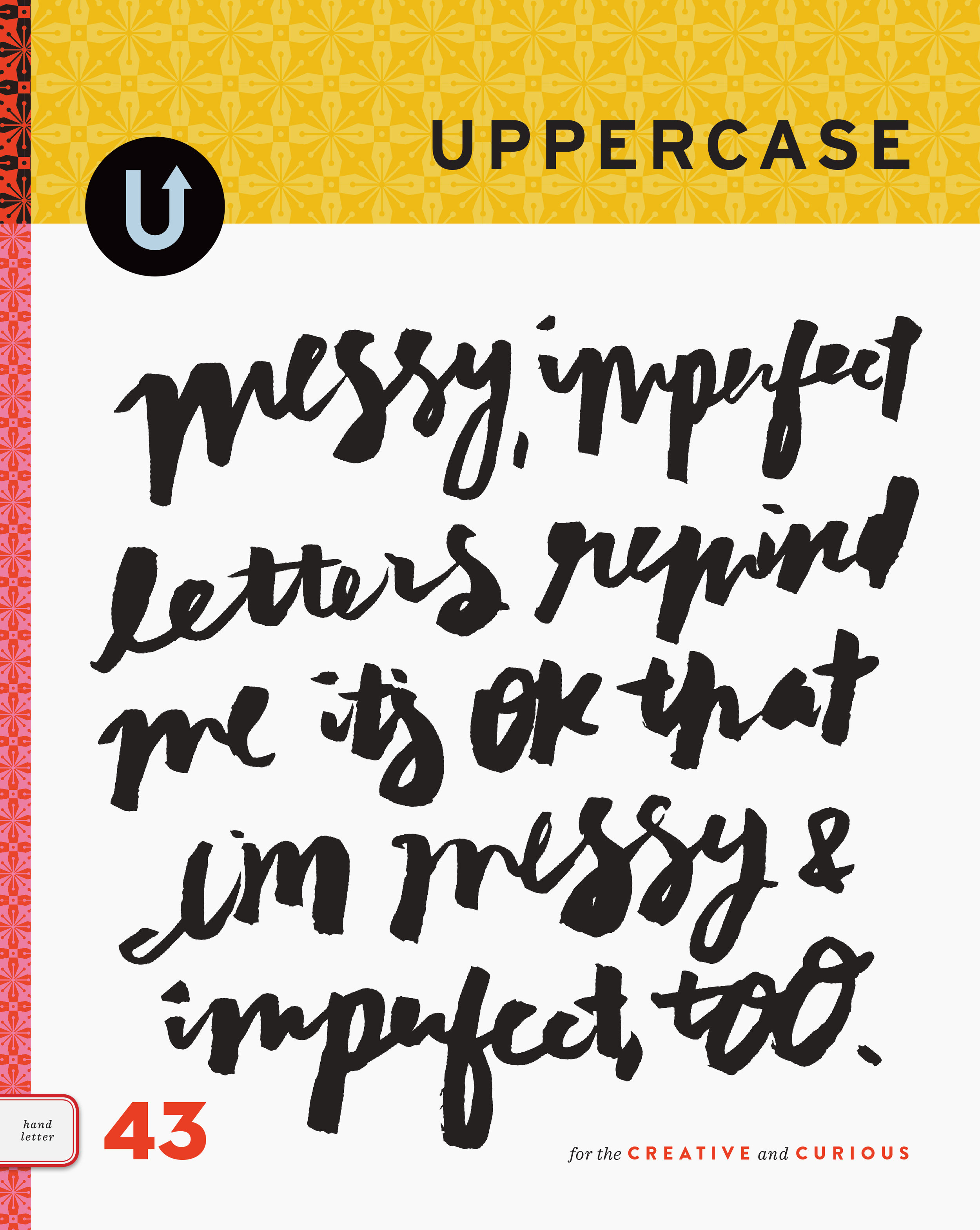Helpful book for guiding your career
/How to be a graphic designer without losing your soul
Through industry magazines, awards annuals and opulent monographs, graphic designers love showing their work off to other designers. “Look what I’ve done!” they say. We look at this work and admire its surface beauty with a pinge of envy. “I want to produce work like that,” we say.
But how did they get there? And is that really the ultimate goal for the design profession, to be recognized by other designers? In critiques of the graphic design profession, it has been stated many times that the ultimate goal is to produce good work for good clients, not to proliferate your studio’s fame in industry publications. Although it is good creative motivation to strive to achieve quality work that is celebrated by your peers, graphic design is in service of a client’s message first and foremost. How do you function day-to-day within this demanding service industry and still maintain creative passion? How do you balance your artistic motivations with practical matters such as finding a job, dealing with clients and managing a business?
Adrian Shaughnessy’s new book “How to be a graphic designer without losing your soul”, from Princetown Architectural Press, adeptly presents advice about design as a career. Shaughnessy is a self-taught designer who co-founded the successful London design firm Intro. Throughout the book, the author’s tone is inviting and encouraging as he offers practical information while illustrating his points with his own experiences and interviews with noted figures such as Neville Brody, John Warwicker, Angela Lorenz and Rudy VanderLans. Shaughnessy emphasizes that the successful designer is one who is a thoughtful, caring and culturally aware.
This is an invaluable book for students, recent grads and those trying to define their career path. Importantly, the author begins by outlining the creative, philosophical and practical attributes needed by comtemporary designers. The reader is then guided through interviews and portfolio presentation, finding jobs, being a freelancer and setting up a creative studio as well as dealing with clients, finding new work and nurturing the creative process. This book is unique in that it shares insight into motivations and interpersonal dynamics. Ego, confidence, and personality (not to mention talent) play a big part in the success or failure of a designer.
In the foreword, Stefan Sagmeister writes, “I hope this book helps young designers find their way. I don’t think that the ‘designers don’t read’ bullshit is true. A good book will find good readers.” Unfortunately, my main critique of the book is its design. New designers are perhaps the most susceptible to the allure of design picture books — beautiful reproductions by famous designers dangle like carrots before them. (“My style’s going to be a little like Sagmeister, a little like Cahan & Associates...”) For the most part, the illustrations of work reproduced in the margin appear grey and rather uninteresting. These examples are easily available in full colour glory in other publications, so to show them here in poor quality could be a factor against purchasing the book for those looking for some quick inspiration. The book is designed using a sort of “default” style (given the theme of keeping your soul, I found this generic aesthetic an odd choice) which uses a single sans serif family throughout, and devices such as slashes, underlines, footnotes and varying paragraph widths as visual interest. In such designs, attention to detail is vital because the sparceness requires that all elements stand up to scrutiny. Unfortunately, the paragraphs suffer from awkward justification and word spacing which I found fairly distracting, until the author’s voice superceded the printed words.
Shaughnessy’s friendly writing and sound advice make “How to be a graphic designer without losing your soul” an excellent companion to a fledgling design career.
$26.95 paperback, available in the store.






